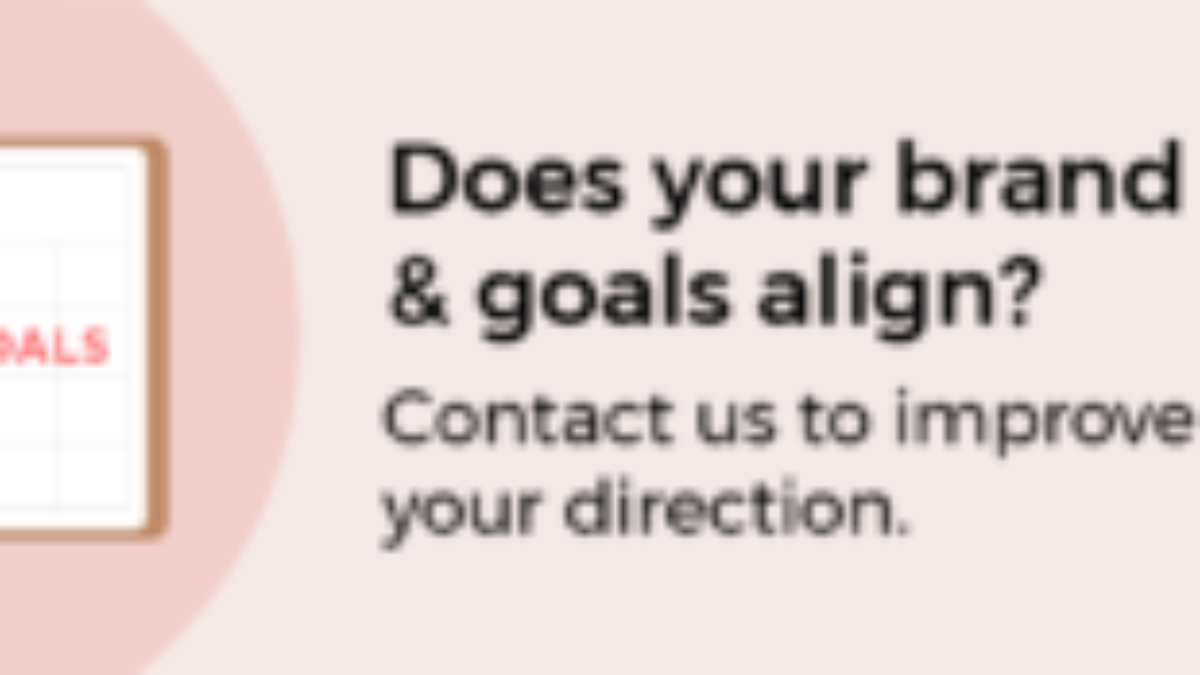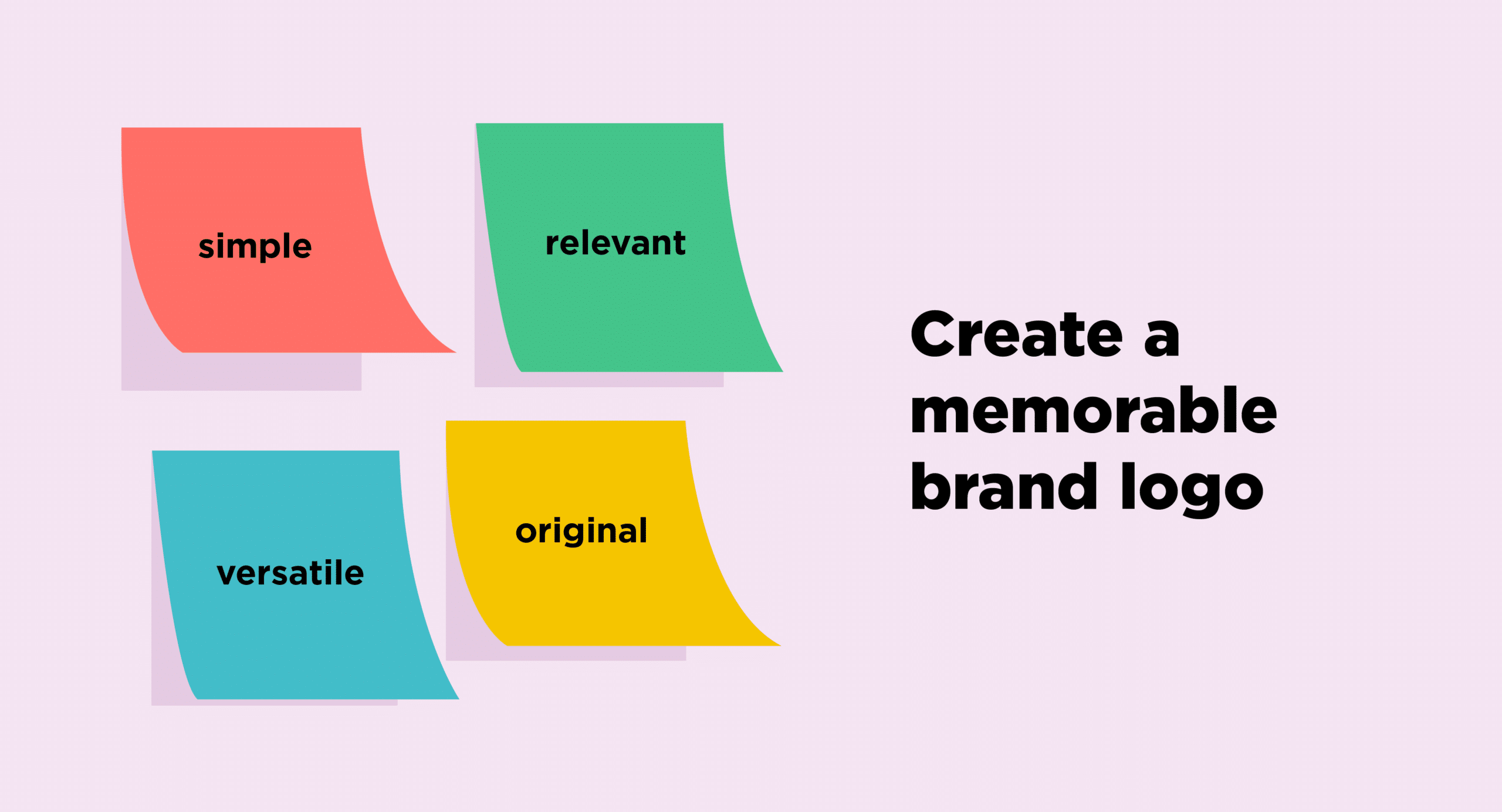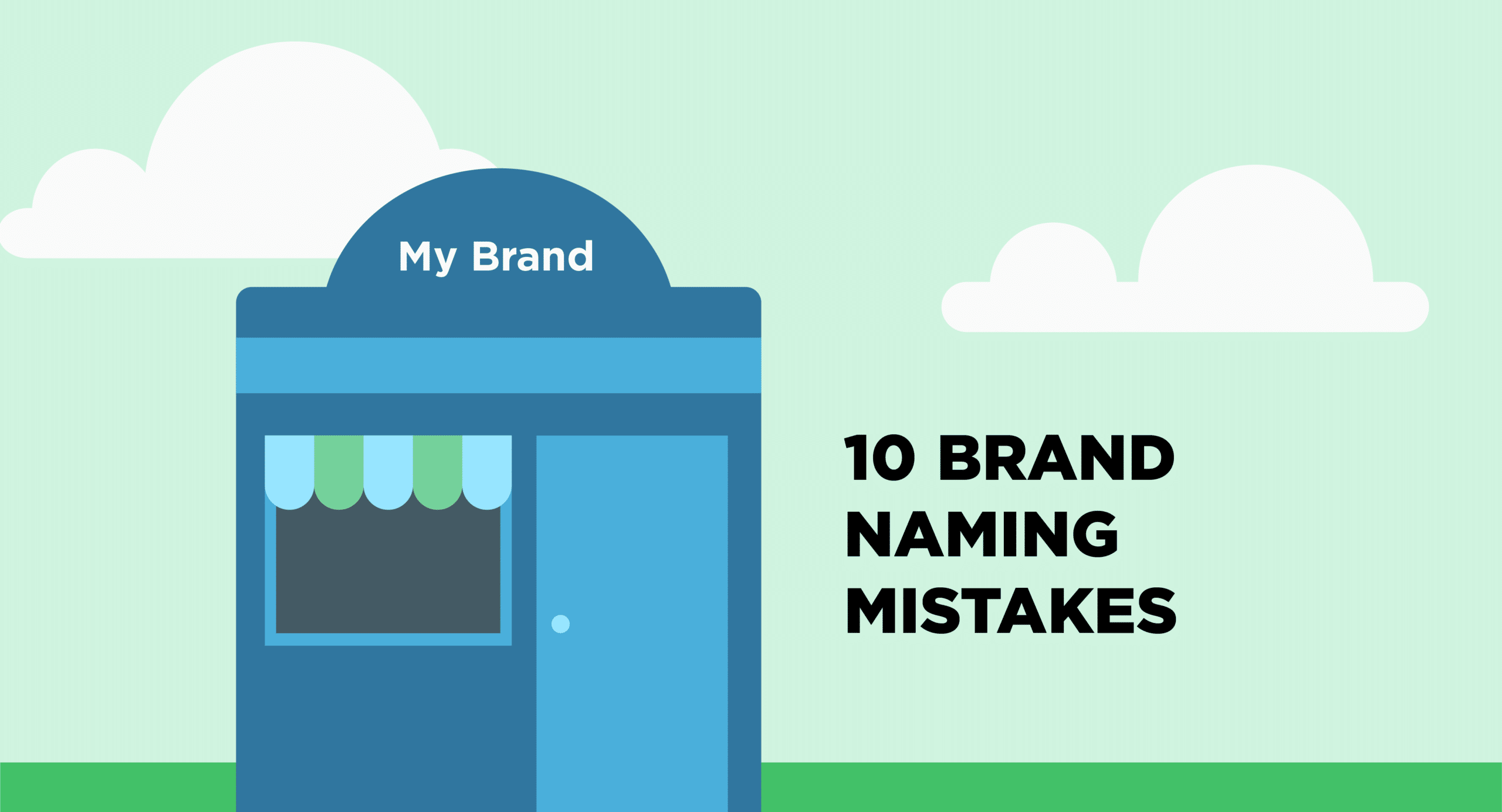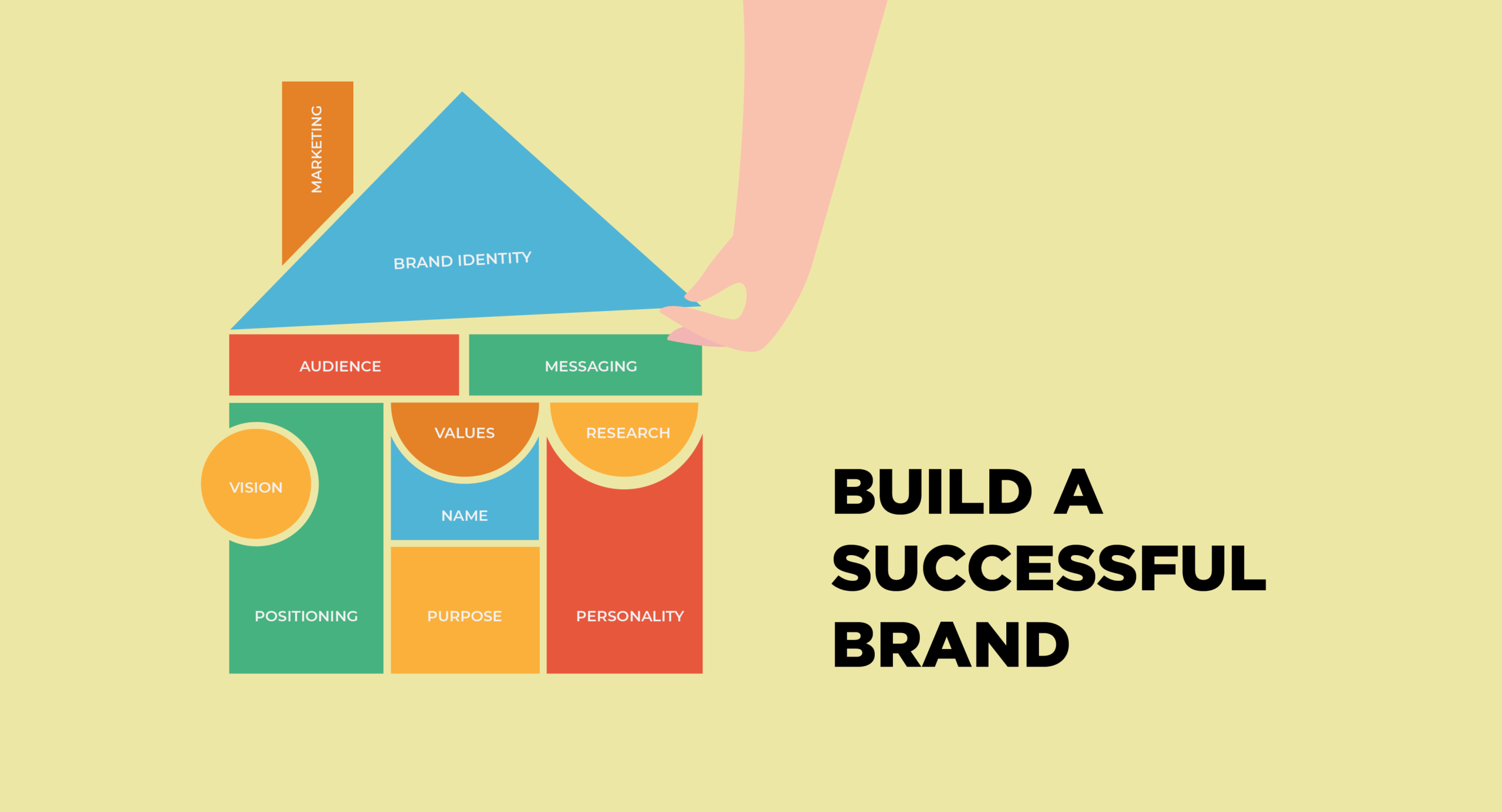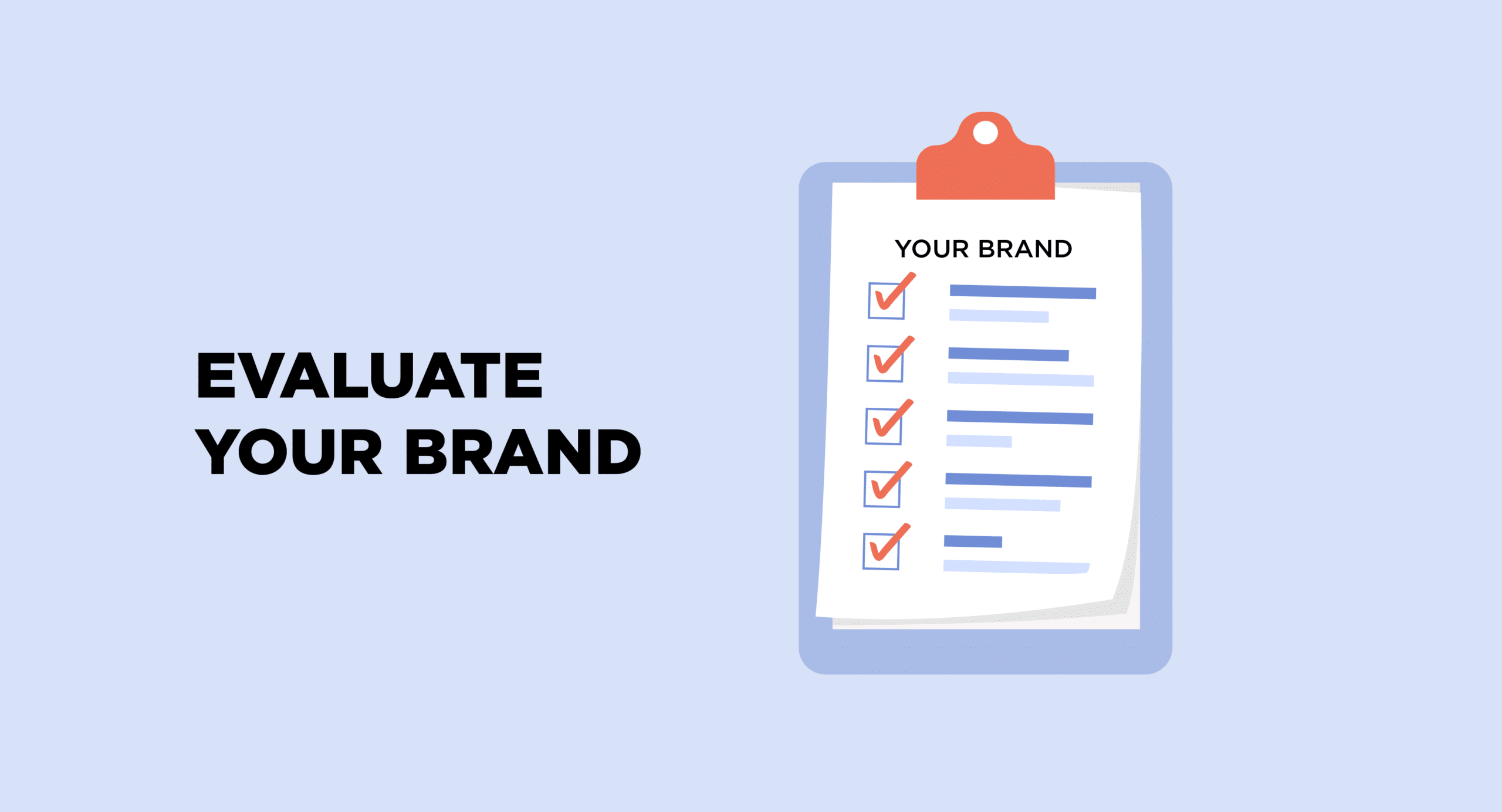BRAND IDENTITY
How to create a brand identity
It’s a task many business owners look forward to – creating a new brand identity.
Brand identity is shorthand for designing the visual aspects of how your brand appears – the logo but also the colour scheme, font types, imagery and other cues which bring your branding to life.
Over the years, you will have seen many examples of logos, stationery and marketing collateral that have struck you as memorable, smart or sometimes just plain ugly. Your thoughts on how brands appear is a reasonable place to start but creating a brand identity from scratch requires a plan and a process to ensure you get it right.
So where to begin? At a brand agency like Liquid Creativity, we have helped many organisations with their branding projects – so here is a sneak peek at the planning fundamentals we use for designing a great brand identity.
1. Define what you are trying to achieve.
Before you contemplate creating your branding identity, you should take a detailed look at what you want to achieve in your marketing strategy or the marketing objectives in your business plan.

As we have discussed before, a great brand exists on three levels:
1. a promise that a product or service will solve a problem
2. emotional elements that strikes a chord with customers
3. a promise that through buying your brand, customers will be able to say something about themselves to other people.
These levels are what marketers term functional task, emotional context and social projection – and they form the core criteria for a successful brand essence.
So before you start designing, make sure you have articulated these three levels of promise – which serve as a useful checklist for creating your brand.
2. Take a critical look at your competitors
Once you have settled on your brand’s essence, it’s time to take a critical look at your competitors.
Take the time to map out your competitors, asking yourself who they are (from the market’s perspective) what they are promising and how your offer is different.
By all means, consider the features and benefits of their products or services, but look a little deeper, using their websites and advertising campaigns to understand the personalities their brands are projecting. This knowledge helps you form your own unique identity.
3. Know your niche
Great brands stand out to everyone who sees them, but more importantly, are seen as compelling for consumers with the same priorities in a particular part of the market niche.
For any brand owner, being seen by consumers within a niche as a ‘must have’ trumps being more competitive on price or product performance every time.
One of the better examples of this is Harley Davidson – the American motorcycle brand almost killed off by Japanese competitors in the 1980s.
Rather than focusing on performance statistics and fuel efficiency, “the Hog” focused on the niche, riding motorbikes for experience and transformed their brand into a statement about rebelliousness, being American and a love for the open road.
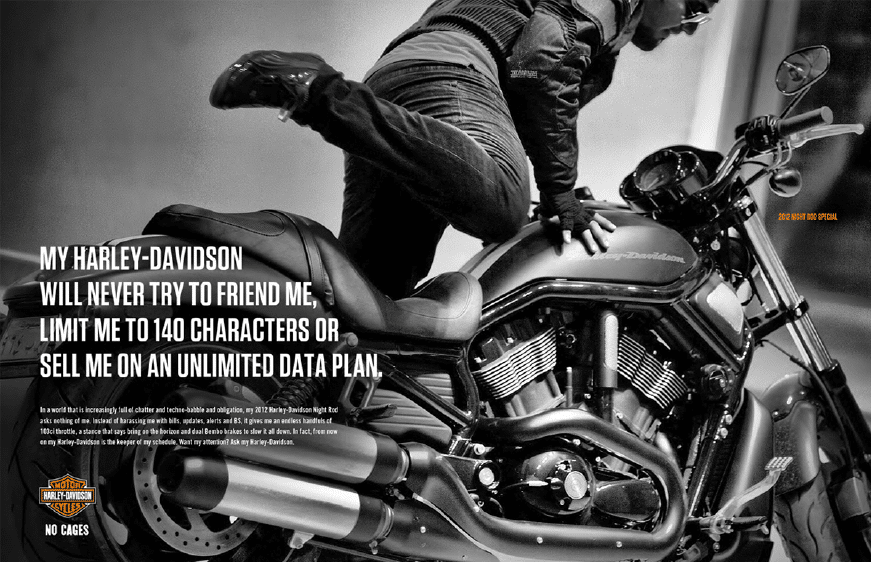
Harley Davidson came roaring back to life as an icon loved by their niche with brand values all of us recognise when a hog pulls up next to us in traffic. They never made it back to the top selling position in the US but did achieve something more important – the most profitable brand in the market.
It’s a great illustration of how you should think about your brand’s essence and personality, and what it means to a niche you’re targeting – be unique and decidedly different from your competitors. Even as you’re reading this now, most of you will be able to picture Harley’s distinctive font type, chrome on black colour scheme and rough-looking bearded men astride their machines.
4. It’s design time
Now that you have a clear idea of what you want to project, it’s time to start the creative thinking.
Begin sketching out your ideas and explore different concepts for your logo. You can draw on symbols, shapes, even characters which represent the personality you want your brand to project.
A word of warning – a common mistake at this stage is to draw logos which visualise the product. Some good logos are a literal sketch of the product or service, but they are rare. As you can see from this group of highly successful brands, none of them picture their actual product, rather, they convey the emotions their audience finds compelling.
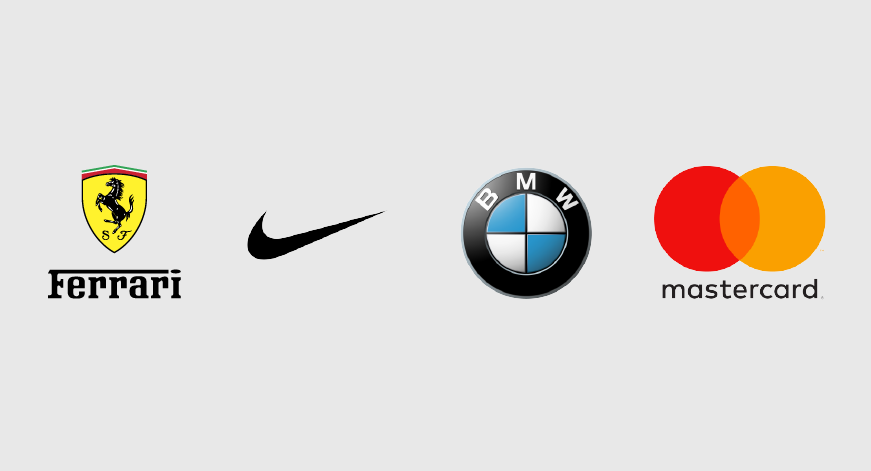
5. Narrow your logo down to three concepts
After you have sketched logos for a while, you will find yourself drawn to two or three concepts amongst the many you have started. Concentrate on these and park the others for a while.
It’s not uncommon for this process to generate two concepts which are somewhat similar and one which adopts a different approach.
If this is where you find yourself, don’t worry as it’s a sign you are probably on the right track – but keep an open mind before selecting a final design.
6. Think about colour
Now that you have a set of preferred logo concepts, it’s time to think about how these will translate into a coloured environment.
Colour is a powerful tool for creating the right brand. Ensure you pick a colour scheme that reflects the functional, emotional and social elements in your brand persona.
And forget what you have been told about red meaning ‘stop’ and pink being feminine – in fact the psychology of colour in marketing looks more like this.

7. Expand your brand with type
By this stage, you have two or three really strong logo concepts matched to your preferred colour scheme which appeals to the market niche you are aiming for.
Your next step is to choose the typeface and font style (weight) to match your emerging brand identity.
This table is a good guide to start your thinking about which type styles will work best. Keep in mind that your typefaces will have to work with your logo concept and headings, sub headings and body text in your marketing collateral and corporate stationery.
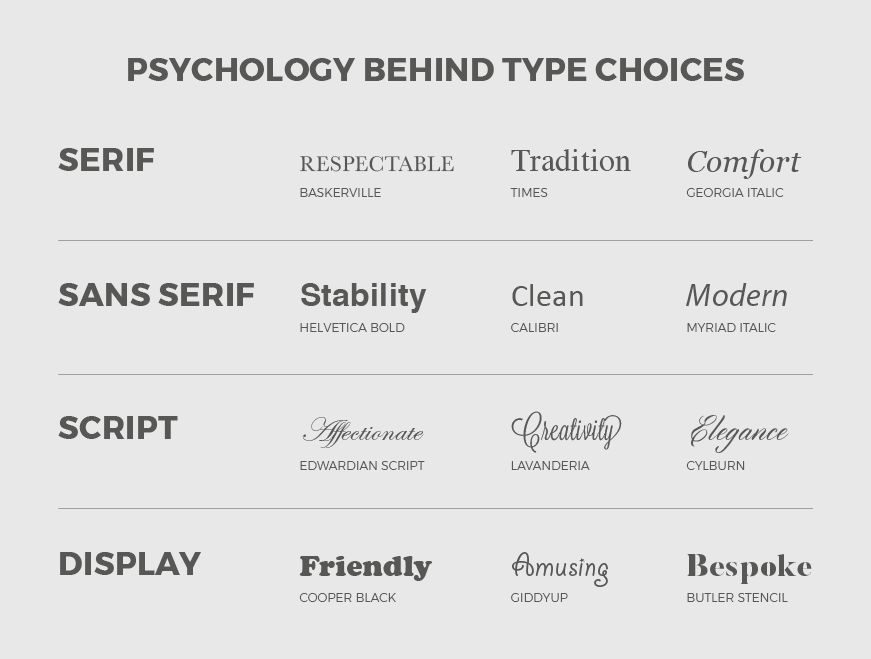
8. Expand your brand with images
Now you almost have a complete brand identity kit – your next step is to fill it out with the sort of imagery which portrays your brand values to your niche.
Marketers use a device called a ‘mood board’ to work out what imagery they are going to use – a collage of photos, people, graphics, infographics and pictures which portray the feelings they want the market to have about their brand.
This style of imagery you select will need to be used across your website, marketing campaigns and brochures – including your physical location if you have one.
Whatever you choose, make sure your imagery set portrays a consistent feeling and comes with well-defined rules for their use in your marketing.
9. Apply your brand
Alright, we are about to bring this brand identity project in to land.
The final step is to make sure your identity works across different formats. If you have created a logo using two or more colours, also make sure it works in one colour, reversed out of a coloured background and in a square, rectangle or circle format. Often these different formats are required when supplying your logo identity for sponsorship, advertising or placing in social media.
Consider whether you need to create different versions to adapt to these requirements. For example, Linkedin provides a square format to place your logo. If you have designed a horizontal format, the logo will be very small when it’s placed into the square.
Once the different formats have been considered, apply your logo concept, typeface, colour scheme and imagery across everything.
And we do mean everything: print and digital media, letterheads and business cards, websites, presentations, Facebook page, advertising, corporate t-shirts – wherever you plan to use your brand identity, it must work to present a consistent message and image.
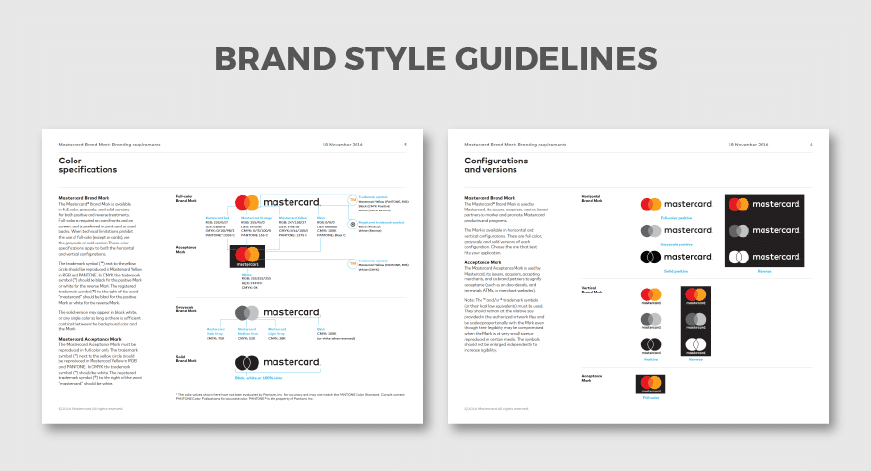
This is a great example from Mastercard’s brand style guide created by Pentagram. It’s easy to understand, with clear instructions as well as diagrams to show the correct way to use their brand identity.
10. Brand identity guideline
What happens if you have everything right? Before you go ahead and launch, we suggest you document everything you have learnt about how you will use your brand in a document called the Brand Identity Guideline.
As you will discover, this is a key foundation document for your staff and owners to ensure your business and its brand is a success.
As you can see from Liquid’s Brand Identity process in our workshop, planning and creating a well thought-out and effective brand identity is no easy task. If you’re struggling to get it right, contact us. We are always happy to chat to business leaders and owners who want to create or refresh their brand identity.

